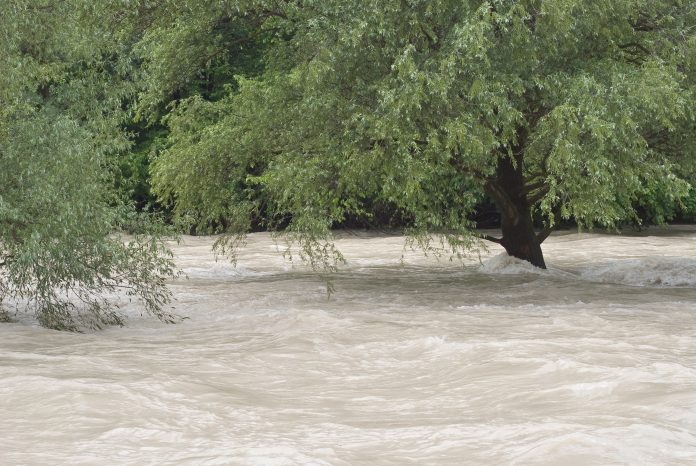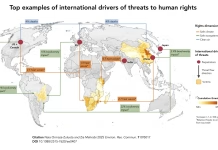Neelam Sandhu, SVP, Chief Elite Customer Success Officer at BlackBerry, explores how autonomous year-round flood monitoring and intelligent early warning systems can be deployed by local municipalities to protect communities from natural disasters
Over two billion people globally lack access to clean water, with the lives of children under the age of five most threatened. Today almost one and a half billion of the world’s population faces a flood risk. Both of these life-threatening issues are exacerbated by climate change.
This summer saw countries across the globe impacted by floods. Some were catastrophic, causing deaths and widespread damage. More than 200 people have died in the floods in Europe alone, and urgent action is required to prevent further unnecessary loss of life and other devastating impact to peoples’ lives.
Whilst we cannot turn back the clock on the climate catastrophe so far, we can collectively reverse the impact our actions have had. Bringing together technology and people is the key.
Technology for crisis response
To effectively respond to climate events, such as floods and fires, it is agencies, cities and, in some cases, different countries need a centralised communications infrastructure, which is secure, intelligent, and reliable to enable collaboration.
A critical event management platform can ingest critical event information from cyber, IT, weather, physical security, and Internet of Things (IoT) sensor systems, as well as other channels. Once a crisis has been identified it can invoke predefined alert response protocols to gather the appropriate response teams to collaboratively respond.
Once these next steps have been agreed the platform can then be used to initiate communications to targeted audiences through pre-configured communication channels, this includes accounting for the safety of individuals and gathering situational intelligence as the crisis develops and through into the recovery phase.
Embracing new technology for incident planning and response, which leverages a range of personal and public delivery methods, is bi-directional, and aggregates multiple data sources, improves response and resiliency helping to save lives.
In this digital age, we need to move swiftly into the future of emergency management where real-time comms connect to any endpoint, securely.
Prevention-first
As a society living with the results of climate change, we must begin to leverage autonomous technologies to enable public safety. Technologies that monitor the environment for signs of impending danger, such as flood risks, and proactively alert communities to risks so timely action can be taken. These technologies gather significant amounts of data, continuously, and take intelligent action based on the data.
A collective effort
Climate change is one of the most pressing threats to our everyday lives, and tackling it requires the urgent and combined effort of governments, organisations, and individuals.
A new partnership between the University of Windsor and BlackBerry is helping to protect Indigenous Peoples in Canada against flooding. The technology that has been deployed will provide autonomous year-round monitoring and an intelligent early warning system which will help to identify seasonal and unseasonal water-related risks and generate significant cost savings for governments, utility companies and local communities.
The future of our planet’s safety is in our hands
The climate change goals we need to accomplish as a global community, for our security and that of future generations, are ambitious. We must take a federated, next-generation approach to managing the threat.











